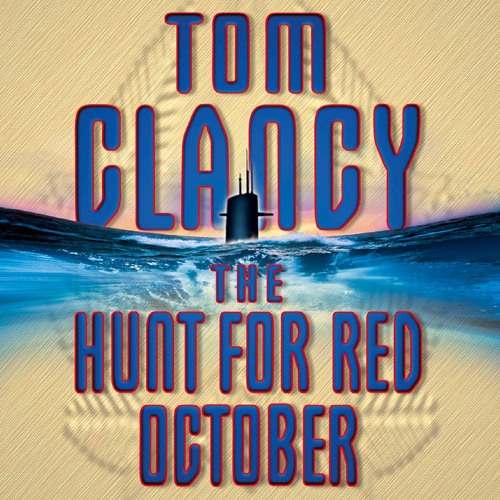
The mid-1980s were sold by Washington’s political architects as “Morning in America,” and Clancy’s novels-which he produced like clockwork after The Hunt for Red October-provided Ronald Reagan with his preferred bedside reading. The Hunt for Red October dramatized the potential end of the world as we know it, and captured an anxious zeitgeist and sought to soothe it as well, imagining a brave new world where a Soviet commander and an American intelligence analyst might sail off together into the sunset. The technocrat was also a technophobe: “It was one thing to use computers as a tool, quite another to let them do your thinking for you,” muses one character in 1984’s The Hunt For Red October, about a runaway Soviet sub with sonar-defying upgrades and first-strike nuclear capability. Reading them was a bit like flipping through a Sharper Image catalog or a quarterly profit report from Lockheed Martin. The bestsellers that Clancy wrote in the 1980s and ’90s were machine-tooled contraptions loaded with high-end technology. “His novels were about commerce from the get-go … bestsellers that were made into movies.”



“ never aspired to literature,” wrote The Los Angeles Times’ David Ulin in 2013. If Tom Clancy did not exist, it would have been necessary for Hollywood to invent him.


 0 kommentar(er)
0 kommentar(er)
